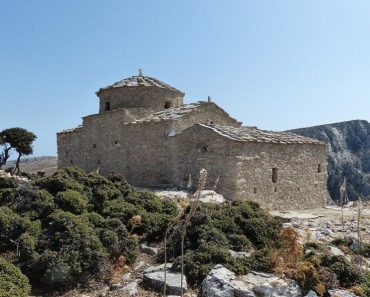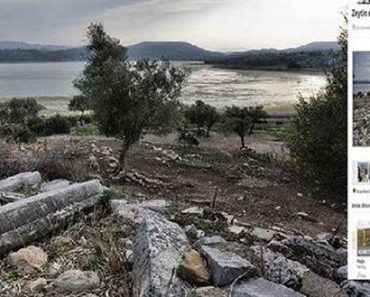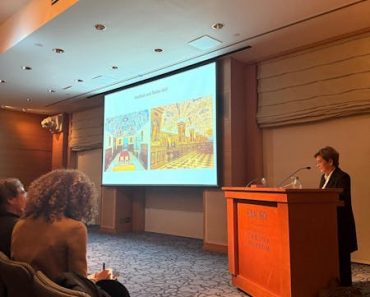
A newly excavated ancient building in the Roman fortress of Brigetio is helping historians better understand the circumstances of Emperor Valentinian’s death in 375 AD.
Researchers believe the structure, discovered in modern-day Hungary, may have been the very hall where Valentinian received envoys shortly before he collapsed and died from apoplexy.
The team, led by Dávid Bartus of ELTE Eötvös Loránd University, published their findings in the journal Archaeologiai Értesítő. The building’s size, design and location match what would have been required for an imperial audience.
Its construction also dates precisely to the period just before Valentinian’s death. These details suggest it was likely built for official receptions during his campaign in Pannonia, where tensions with the Quadi tribe had reached a breaking point.
Imperial reception hall uncovered in Roman fortress
Archaeologists uncovered the building during excavations between 2017 and 2018. It features an apsidal layout with a large central hall, side rooms and a heating system beneath the floor.
Stamped bricks point to its construction in the early 370s, under the command of imperial officers tied to Valentinian’s military reforms. Bartus explained that the structure’s representative purpose makes it a strong candidate for where the emperor met with the Quadi envoys shortly before his sudden death.

The ancient historian Ammianus Marcellinus noted that the emperor collapsed after a heated exchange during that meeting. While Ammianus referred to the location simply as a council chamber, the new evidence allows researchers to pinpoint a space that fits both the timeline and function.
Ancient building in Brigetio sheds light on Valentinian’s death
The discovery has also revived a long-running debate over where Valentinian’s son, Valentinian II, was proclaimed emperor just six days later. The study argues that Brigetio, not Aquincum, is the more likely location.
The reasoning is based on the proximity of the imperial family’s residence at the time and the known movements of senior officials following the emperor’s death.
Valentinian had traveled to Pannonia in response to a large-scale attack by the Quadi and Sarmatians in 374. During this time, he strengthened defenses along the Danube frontier and launched a retaliatory campaign. Archaeological surveys show increased fortification efforts and patterns of destruction across the region, consistent with the historical accounts.
The combination of historical texts, coin evidence, and newly uncovered architecture now brings researchers closer to resolving key questions surrounding Valentinian’s death. The ancient building in Brigetio stands as the most convincing setting yet identified for the emperor’s final political act.







